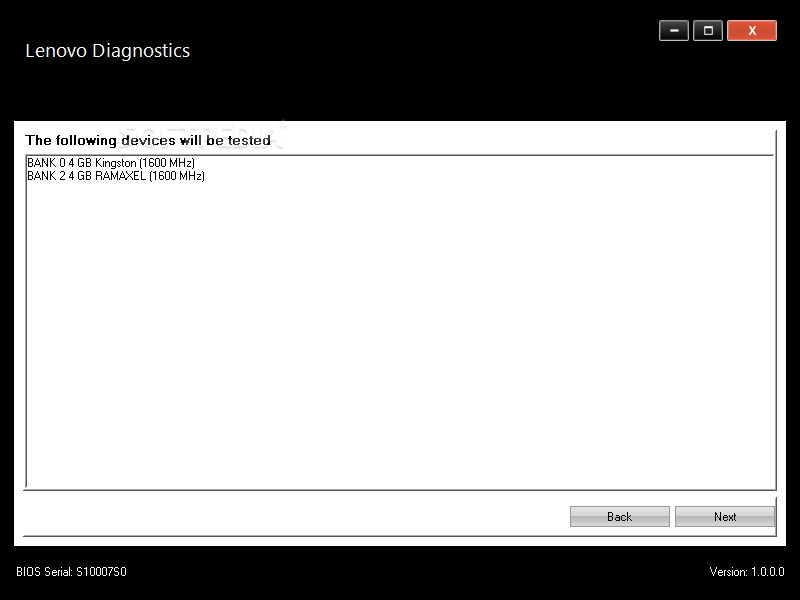
You didn’t set an XMP profile for your RAM.You pushed your CPU too far without providing enough vcore / vid.You hit your CPU’s overclocking ‘brick wall’.If this initial warm-up stress test fails, you just saved yourself a huge amount of time by running a shorter benchmark first. This helps me to ensure the system is warmed up and gives me a general glance at the stability of a system before I commit to a 12 hour Prime95 torture test which is still the ultimate test of an overclocks stability.

I always start with a run of 3DMark Benchmark. As a result, my methods might seem a little dated but I assure you these overclocking stress testing methods will get the job done. As a result, I am stuck in my ways and still approach CPU stability testing in the same way I did when I first learned all that time ago. I’m an old-school overclocker having started around the age of 14 – 20 years ago. These stress tests or as they are otherwise known in the overclocking community, stability tests, will ensure your computer doesn’t randomly crash while under intensive processing load resulting in your potentially losing that clutch game or pivotal document you spent all night writing.

You need to verify the stability of your computer by putting it through a series of tests designed to push your system to its limits. A system is not stable just because you can boot into Windows and browse Facebook. When you overclock your CPU you place an additional load on all of your pc components this includes your motherboard, ram, graphics card and power supply.


 0 kommentar(er)
0 kommentar(er)
